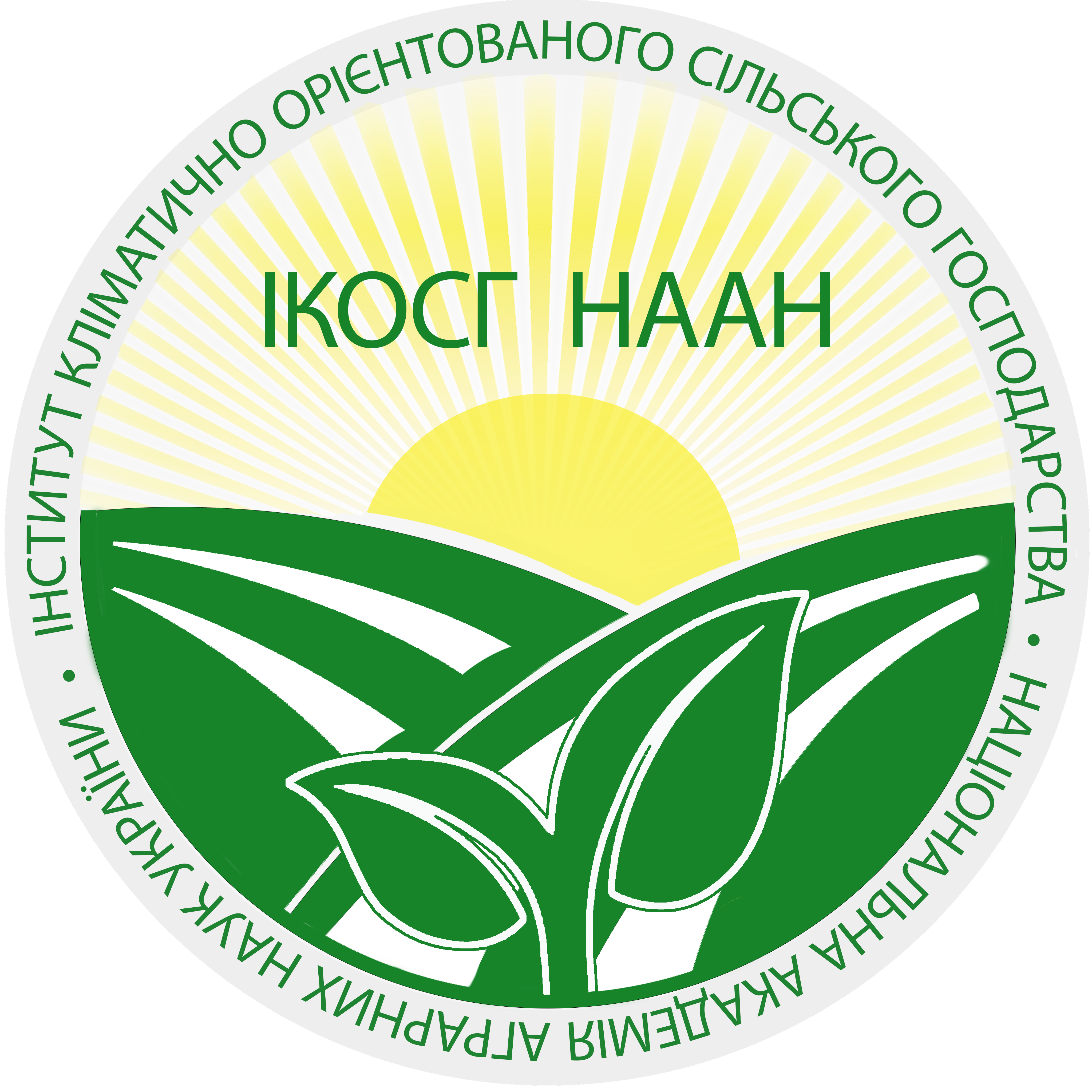ОЦІНКА СТУПЕНЯ ЗАЛЕЖНОСТІ СТРУКТУРНОГО СКЛАДУ ҐРУНТІВ ВІД ВМІСТУ І СКЛАДУ ГУМУСУ ТА АМФІФІЛЬНИХ КОМПОНЕНТІВ ЇХНЬОГО ГУМУСОВОГО СКЛАДНИКА
Анотація
Деградація гумусного стану ґрунтів та зміна амфіфільних властивостей закономірно позначилося з їхньої структурно – агрегатному складі. Метою роботи було виявлення залежності між ґрунтовою структурою та складом гумусу ґрунтів чорноземного типу Кіровоградської області в межах природних (ліс, переліг) та агроекосистем (рілля). Методи. В процесі виконання роботи використовувались загальнонаукові та спеціальні методи досліджень: порівняльно-географічний, порівняльно-профільно-генетичний (відбір ґрунтових зразків пошарово); порівняльно-аналітичний (фізико-хімічні та агрохімічні дослідження, порівняльно-розрахунковий і статистичний (математична і статистична обробка експериментальних даних). Результати. Досить тривале сільськогосподарське використання ґрунтів в межах переходу південного Лісостепу у північний Степ супроводжується деградацією кількісного та якісного складу гумусу та погіршенням їх структурного складу. Структурний склад ґрунтів чорноземного типу в межах Кіровоградської області залежить не тільки від вмісту та фракційно – групового складу гумусу, а й від гідрофобно – гідрофільних властивостей ґрунтової органічної речовини. Аналіз статистичних даних, отриманих при обробці результатів досліду, дозволяє припустити, що формування структурно-агрегатного складу ґрунтів, як природних, так і агроекосистем, найбільшою мірою залежить від амфіфільних властивостей гумусу, його гідрофобності, що підтверджується значеннями коефіцієнта кореляції, а також свідчать про високий ступінь достовірності одержаних залежностей. Висновки. Комплексний аналіз отриманих значень коефіцієнту кореляції між структурністю та властивостями органічної речовини ґрунтів такими, як вміст гумусу, ступінь його гуміфікації з одного боку та амфіфільними властивостями гумусу з іншого боку, характеризує наявність помірної та середньої тісноти зв’язку між цими ознаками. Варто відмітити те, що значення коефіцієнта кореляції для природних екосистем вище, ніж для агроекосистем. Позитивне його значення вказує на прямолінійну залежність при зміні однієї властивості – коефіцієнта структурності ґрунту до зміни іншого – вмісту гумусу, ступеню гуміфікації та ступеню гідрофобності, що дуже потрібне у сільському господарстві регіону.
Посилання
2. Агроекологічна оцінка ґрунтів : монографія / О. В. Телегуз, М. Г. Кіт ; Львів. нац. ун-т ім. Івана Франка. Львів : ЛНУ ім. Івана Франка, 2013. 257 с.
3. Даугуль В., Алексенко А. Актуальні питання використання земель сільськогосподарського призначення органами місцевого самоврядування. Х. : Фактор, 2018. 176 с.
4. Гаськевич В. Г., Паньків З., Папіш І., Ямелинець Т. Ґрунти // Львівська область: природні умови і ресурси: монографія / [за заг. ред. М. М. Назарука]. Львів: Вид-во Старого Лева, 2018. С. 117–156.
5. Anthropogenic evolution of morphological features of chernozems Mykola Kovalov, Vita Reznichenko / New stages of development of modern science in Ukraine and EU countries: monograph / edited by authors. 7th ed. Riga, Latvia : “Baltija Publishing”, 2019. pp. 86–107.
6. Ковальов М.М.,Топольний Ф.П., Малаховська В.О Органічна речовина ґрунту під впливом тривалого сільськогосподарського використання Аграрні інновації. Рецензований науковий журнал. № 17. 2023. Видавничий дім «Гельветика». С. 81–87.
7. Родючість ґрунтів: Моніторинг і управління / За ред. В.В. Медведєва. К.: Урожай, 1992. 246 с.
8. Якість ґрунту. Польовий опис ґрунту (ISO 25177:2008, IDT): ДСТУ ISO 25177:2015. [Чинний від 2016-04-01]. Харків: Технічний комітет стандартизації ТК 142 «Ґрунтознавство», 2016. 9 с. (Національні стандарти України).
9. Органічна речовина ґрунту: ДСТУ 4289 (ДСТУ 4289-2004). [Чинний від 2004-04-30]. Київ : Держспоживстандарт України, 2005. 14 с
10. Методика державного сортовипробування сільськогосподарських культур. Вип. 7. Київ, 2000. 144 с.
11. Ковальов М.М.,Топольний Ф.П., Трикіна Н.М. Вплив способу використання чорноземів на їх фізичні властивості. Аграрні інновації Рецензований науковий журнал. № 16. 2022. Видавничий дім «Гельветика». С. 38–43.
12. Надточій П.П., Вольвач Ф.В., Гермашенко В.Г. Екологія ґрунту та його забруднення. Київ : Аграрна наука, 1997. 286 с.
13. Гамкало З. Г. Активна фаза органічної речовини ґрунту: генеза, роль, діагностика. Агрохімія і ґрунтознавство. 2003. № 64. С. 53–58.
14. Попірний М. А. Зміна якісних і спектроскопічних характеристик органічної речовини чорнозему типового за різних систем обробітку ґрунту. Вісник аграрної науки. 2016. Вип. 7. С. 65–68.
15. Яровий А. Т., Страхов Є. М.. Багатовимірний статистичний аналіз : начально-методичний посібник для студентів математичних та економічних фахів. Одеса: Астропринт, 2015. 132 с.






